Black & Bilingual #AroundTheWorld - Italy
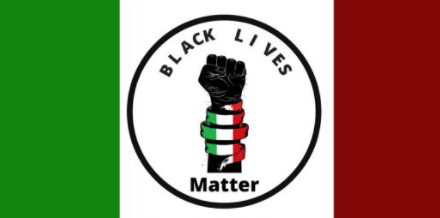
Italy is a country located in south-central Europe that’s considered part of Western Europe. The Italian population is 60 million people of which around 1,000,000 are black people.
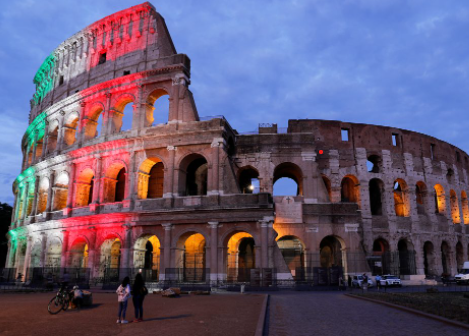
History

Italy’s history starts in the classical era. Initially what now composes the Italian territory was occupied by Phoenicians, Celtics, Greek, and Cathargian people.
An Italic tribe, the Latins, formed the Roman Kingdom. The kingdom became a republic and eventually, it conquered the neighbors, parts of Europe, Asia, and North Africa.
The Roman Empire was a reference for arts, culture, law, technology, religion, economy, and literature.
Italy was feudal and endured invasions from different foreign people. Even with the feuds, some independent statelets were used as hubs to negotiate with Asia and Near East. This was the scenario until the Renaissance began.
Italian Renaissance spread to Europe the interest for humanism, science, and art. During this period, Italy produced some of the greatest scholars and polymaths of all time.
Italy was divided by the many invasions it endured since the fall of the Roman Empire. This caused the rise of a nationalist feeling and led to revolutions that resulted in the unification of almost all the Italian territory in 1861.
Italy also had an important role in both World War I and World War II, which led to an economic crisis. The crisis was followed by the revolution that abolished the monarchy and established a Republic, followed by an economic boom that made Italy one of the biggest economies in the world.
Afro-Italian People

Italy has a colonial background in Africa that shouldn’t make any Italian proud. However, Afro-Italian people still face racism regularly not only from fellow citizens but also from the government that is working to make migration each time harder.
From the second half of the last century, many Africans began to come to Italy either to study or to look for work opportunities. This mass migration made Italy more multi-ethnic, which fed the anti-migration feeling of 45% of Italians.
Even now many Africans try to get to Italy through the Mediterranean in a dangerous crossing. They come from different countries and aim to have a better life in Italy. Unfortunately, many don’t make it to the Italian shore.
Some Afro-Italians state that it’s confusing growing as an Afro-Italian because many Italians don’t fully accept them as Italian but at the same time they can’t say they’re from somewhere else.
Being Afro-Italian means that you won’t learn about colonial history at school and that you won’t be able to claim your Italian nationality until the age of 18 if your parents are immigrants.
Afro-Italians are facing fear because of the rise of nationalists that see them as intruders of their space. They don’t feel safe because many Afro-Italians are attacked or even killed by nationalists.
There are humanitarian questions that aren’t brought up to discussion such as the fact that to sell cheap tomatoes to other countries many African migrants do work on those farms at an extremely low wage.
The racism, xenophobia, and anti-immigration politics caused many Afro-Italians to leave their country with the hope to find the feeling of belonging somewhere else.
Stella Jean

She’s a Haitian-Italian fashion designer, the first Afro-Italian and person of color to be on the runaways of Milan Fashion Week. She’s considered Giorgio Armani’s protégé.
Through her work, she brings multiculturalism and often mixes Italian techniques with a myriad of different elements of other cultures, creating unique collections.
Her career began as a model in the Vogue Italia contest “Who’s On Next?” in 2011. She didn’t win it but got some eyes on her. She decided that she would rather do the clothes than dress them.
She showcased her designs in the Armani/Teatro Space during Milano Moda Dona, at the Victoria and Albert Museum in London, at the FIT Museum in New York.
She created the “Laboratorio delle Nazioni” where she bridges the Italian design with the work of women artisans from developing countries. This makes each collection have a unique aesthetic.
The LDN also promotes cultural heritage as a driver to sustainable development. The women work together even though they are thousands of miles apart with the goal to preserve their cultural heritage. By doing that they are building their economic autonomy and gaining a seat on the global market table.
Stela participated in the Black Lives Matter protests, she was the only fashion designer to participate in it and to denounce the existence of racial discrimination within the country of Italy.
Rediet (Red) Longo

He’s a graffiti artist who was born in Ethiopia and adopted by Italians by the age of 6. As he was growing up he realized that he couldn’t be either Ethiopian or Italian, he had to find his own way. This is when he star to refer to himself as Red. This could be an Italian name but is also the color of the African sand.
He describes himself as a visual artist who likes to express himself through paintings and fashion and thinks that there is more in this generation than depressed kids.




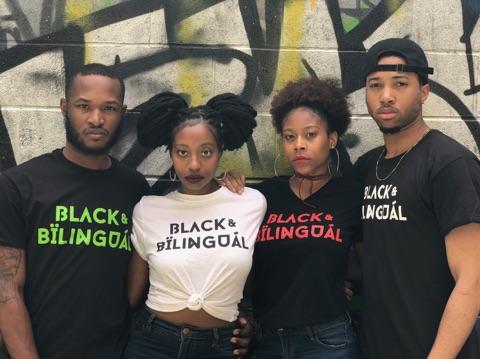

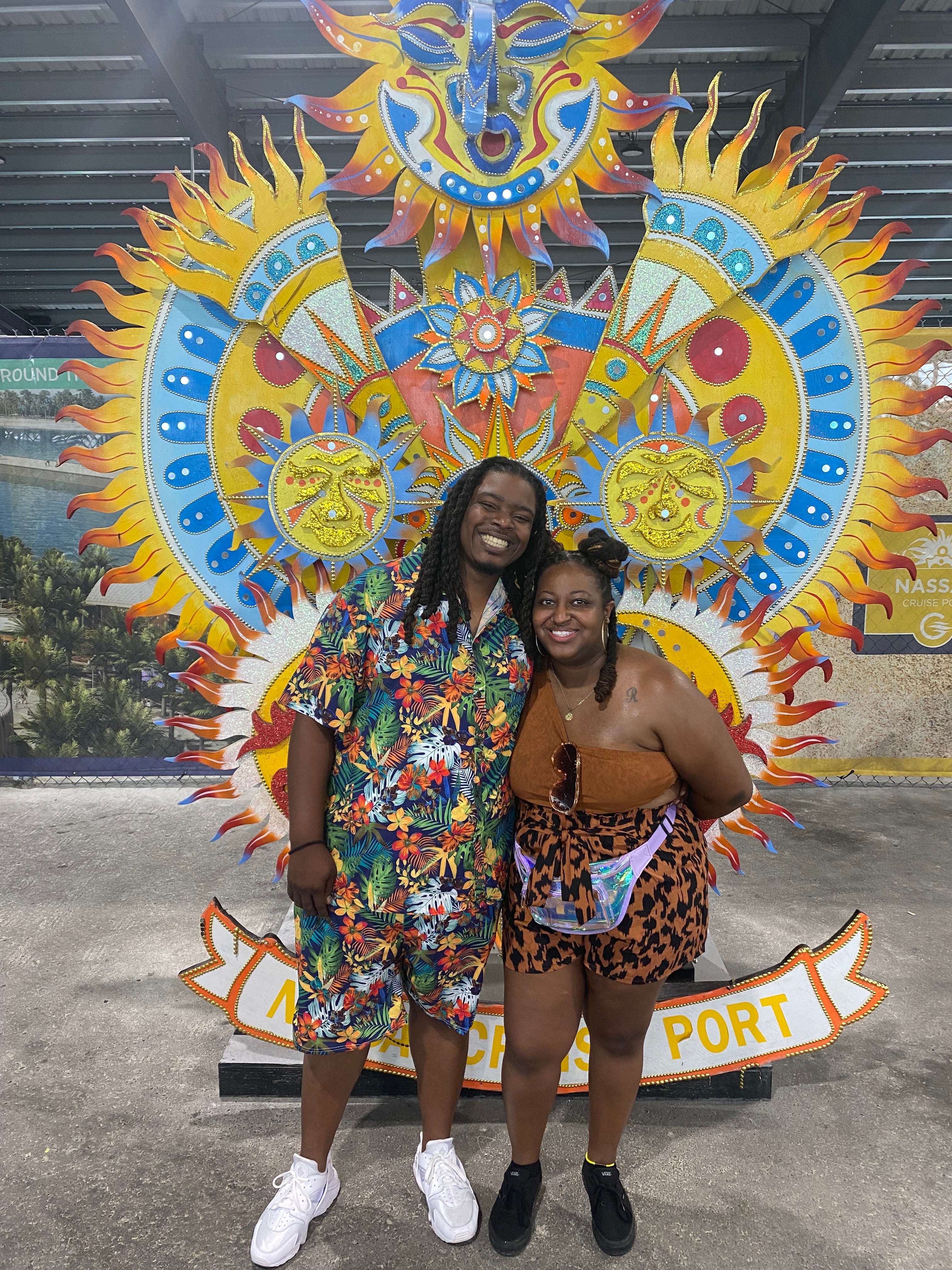
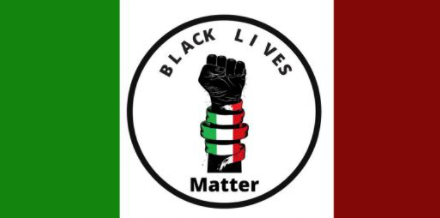
Leave a comment